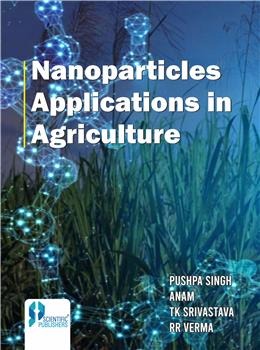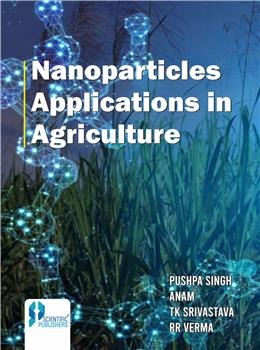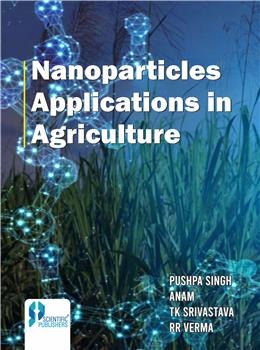Nanoparticles Applications in Agriculture
Nanoparticles Applications in Agriculture is backordered and will ship as soon as it is back in stock.
Couldn't load pickup availability
Genuine Products Guarantee
Genuine Products Guarantee
We guarantee 100% genuine products, and if proven otherwise, we will compensate you with 10 times the product's cost.
Delivery and Shipping
Delivery and Shipping
Products are generally ready for dispatch within 1 day and typically reach you in 3 to 5 days.
:
📚 Book Details:
-
Publisher: Scientific Publishers
-
Language: English
-
Edition: 1st Edition (2022)
-
ISBN: 9789391418229
-
Binding: Hard Bound
-
Pages: 180
-
Size: 6.50 x 9.70 x 0.8 inches
-
Weight: 440 grams
-
Book Type: Reference Book
📘 Book Description (English):
The book delves into the promising applications of nanotechnology in agriculture, focusing on its potential to revolutionize crop production, crop improvement, crop protection, and soil sustainability. As nanotechnology continues to evolve, its integration into agricultural practices offers immense opportunities for sustainable agriculture. This comprehensive volume gathers insights from experts and researchers, aiming to foster interdisciplinary collaboration and pave the way for future research initiatives.
Key Features and Highlights:
-
Crop Production: The book explores innovative methods like nanoscale delivery systems to improve crop production. Techniques such as encapsulation of agrochemicals (fertilizers and pesticides) using surface ionic attachments and nanoparticles for targeted release of active ingredients can significantly reduce agrochemical use, minimize waste, and lower environmental impact.
-
Crop Improvement: Emphasizing genetic improvement, the role of nanoparticles in genetic material discharge for crop enhancement is thoroughly discussed.
-
Crop Protection: Application of nanosensors for pathogen and pesticide detection, as well as nanoparticles in modern insecticides and insect repellents, is thoroughly examined, presenting sustainable crop protection solutions.
-
Soil Sustainability: The book highlights the role of nanomaterials in soil improvement, water retention, and slow release of nutrients. The use of nano-zeolites and nanoclays for efficient nutrient management and water conservation is discussed in detail.
-
Environmental Impact: Nanomagnets for soil contamination deportation and the potential for biogenic inorganic nanomaterials in medicine further extend the boundaries of nanotechnology's contribution to agricultural and environmental sustainability.





